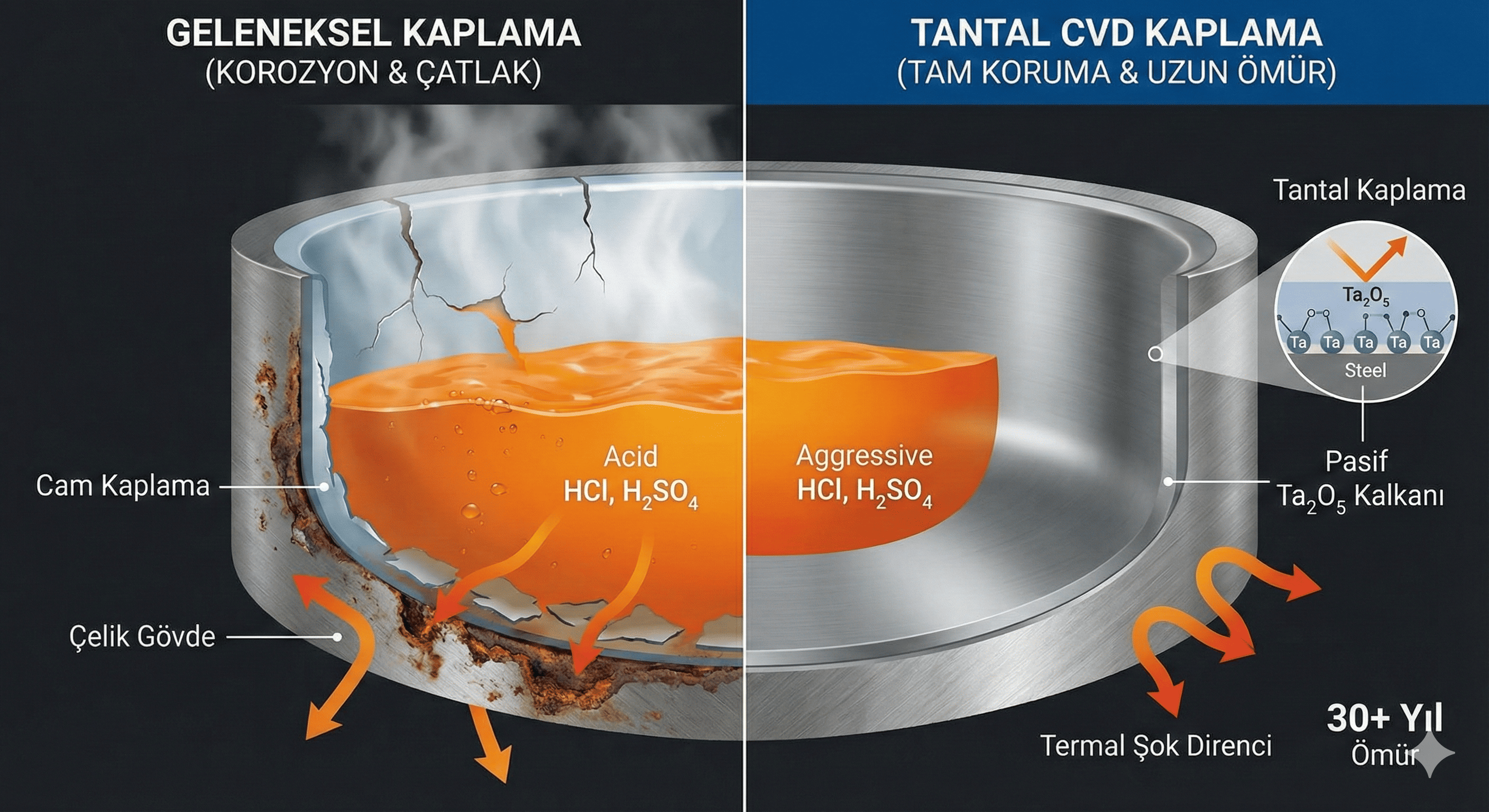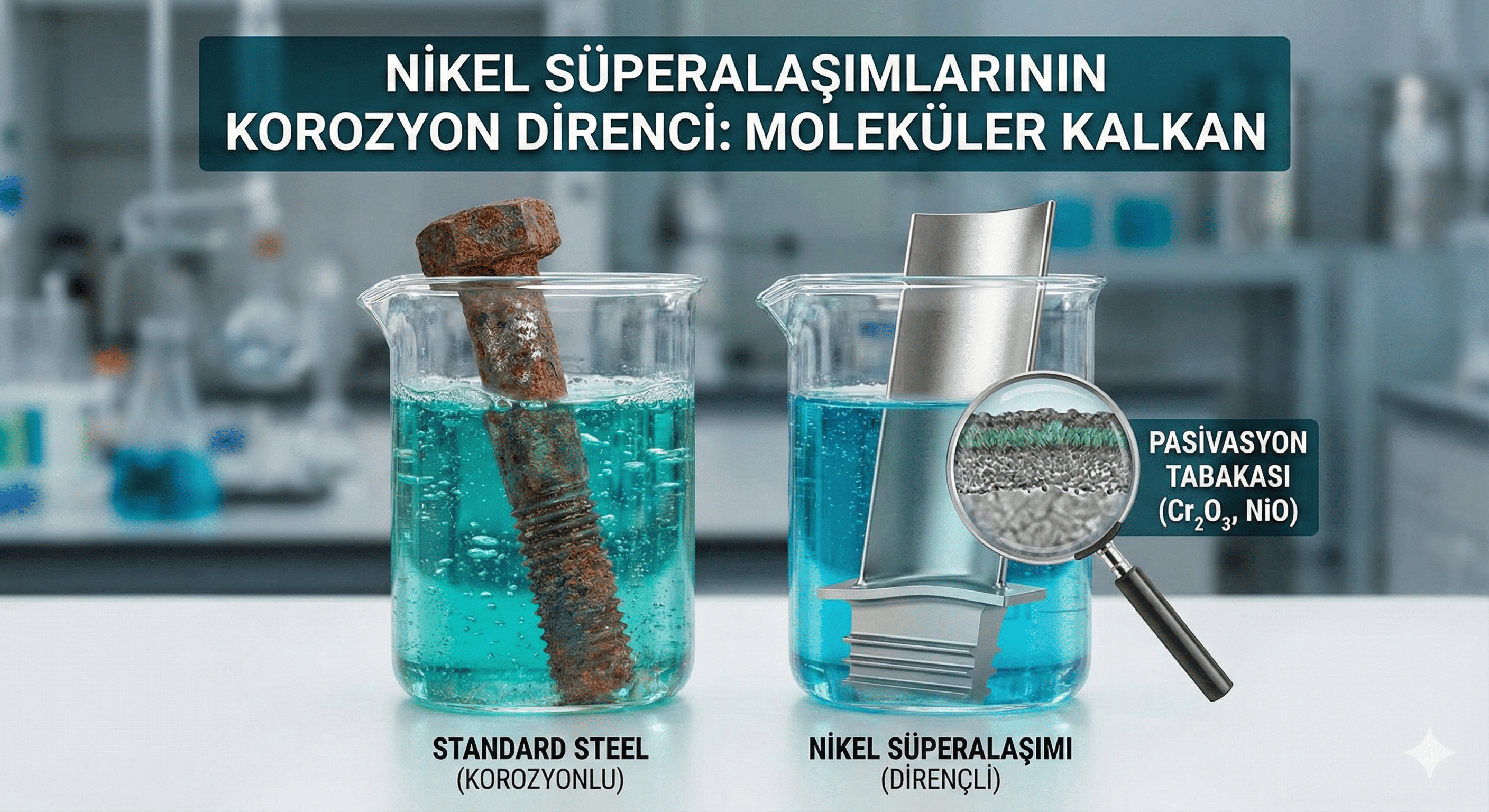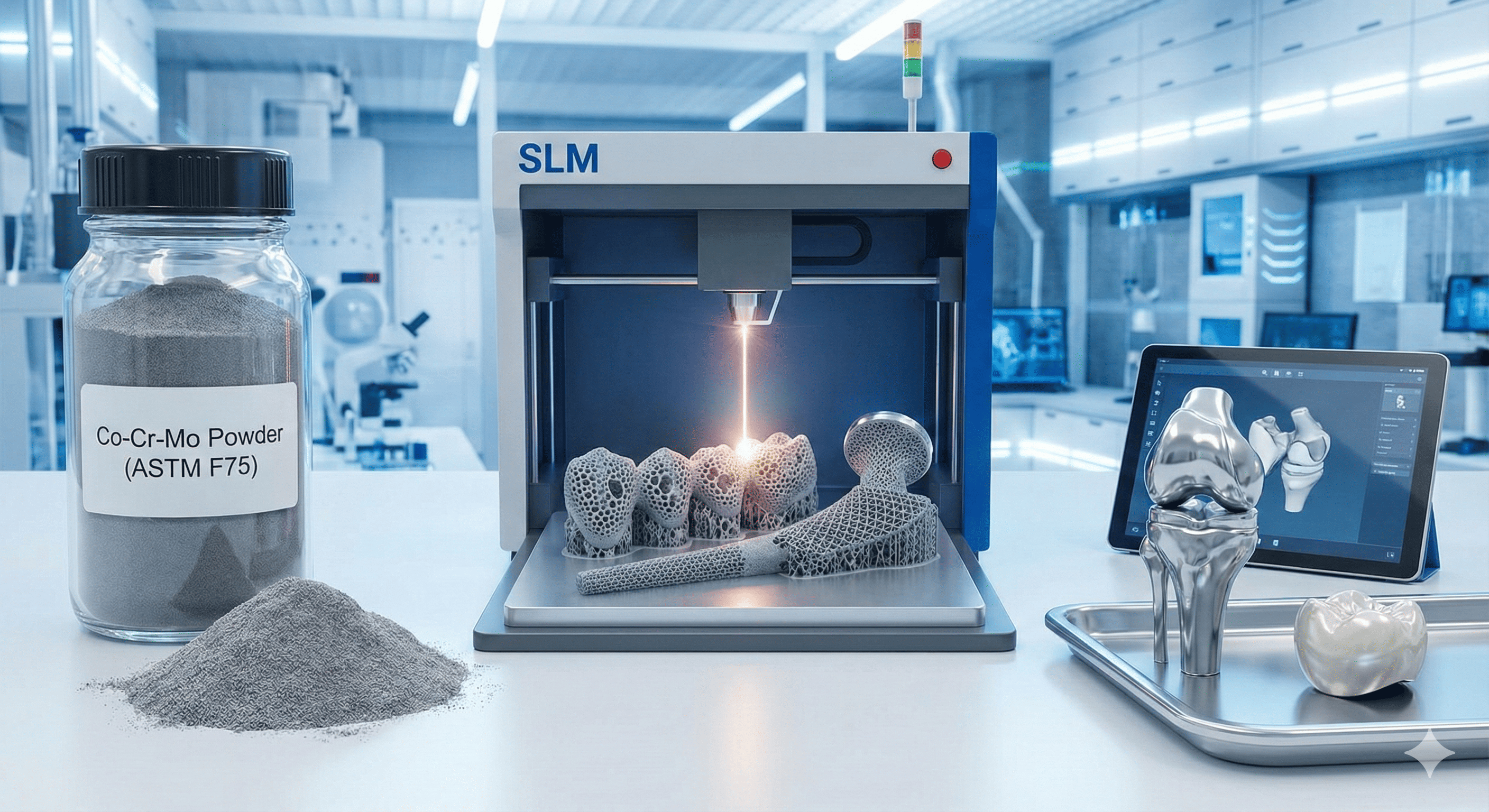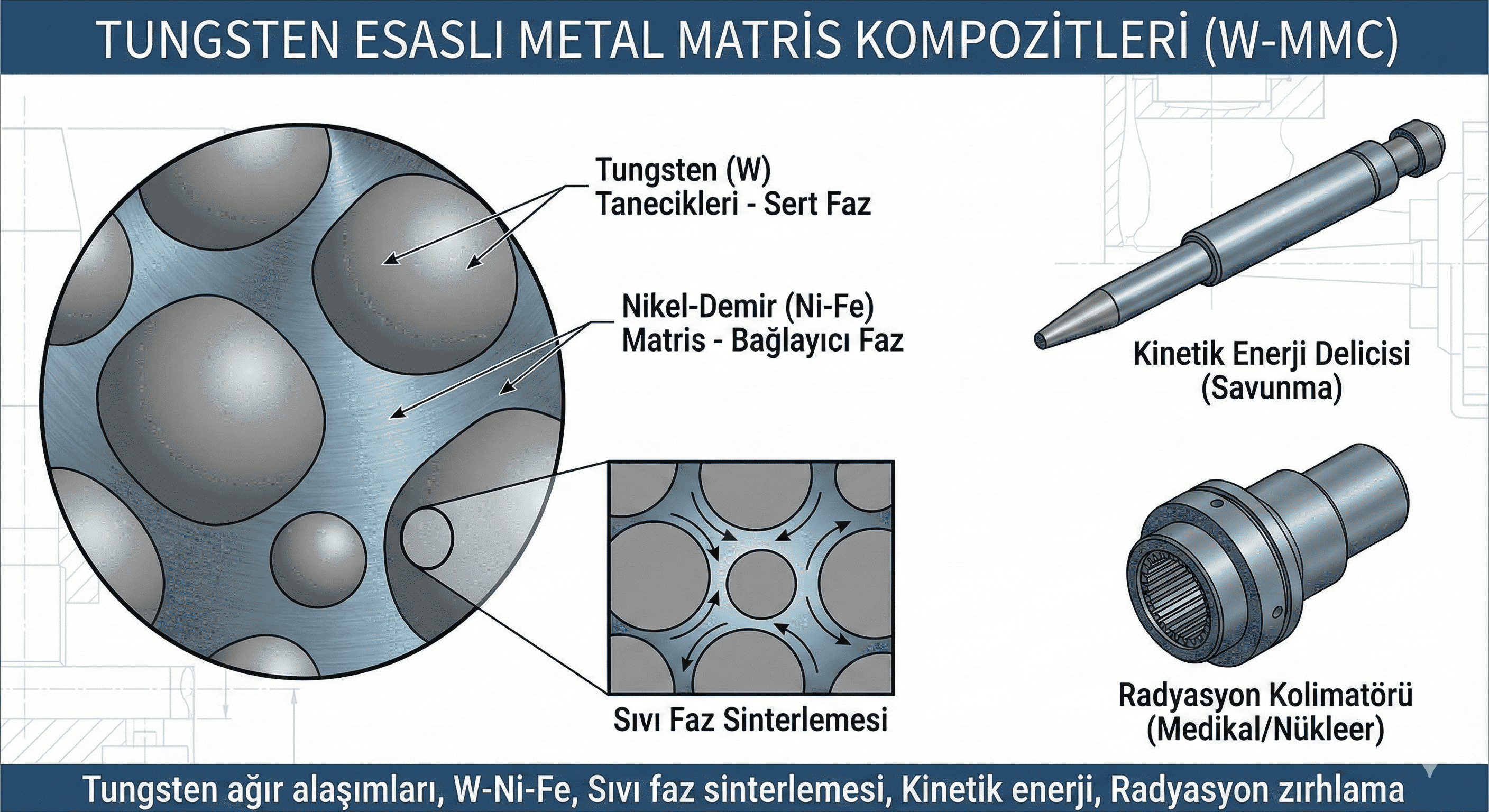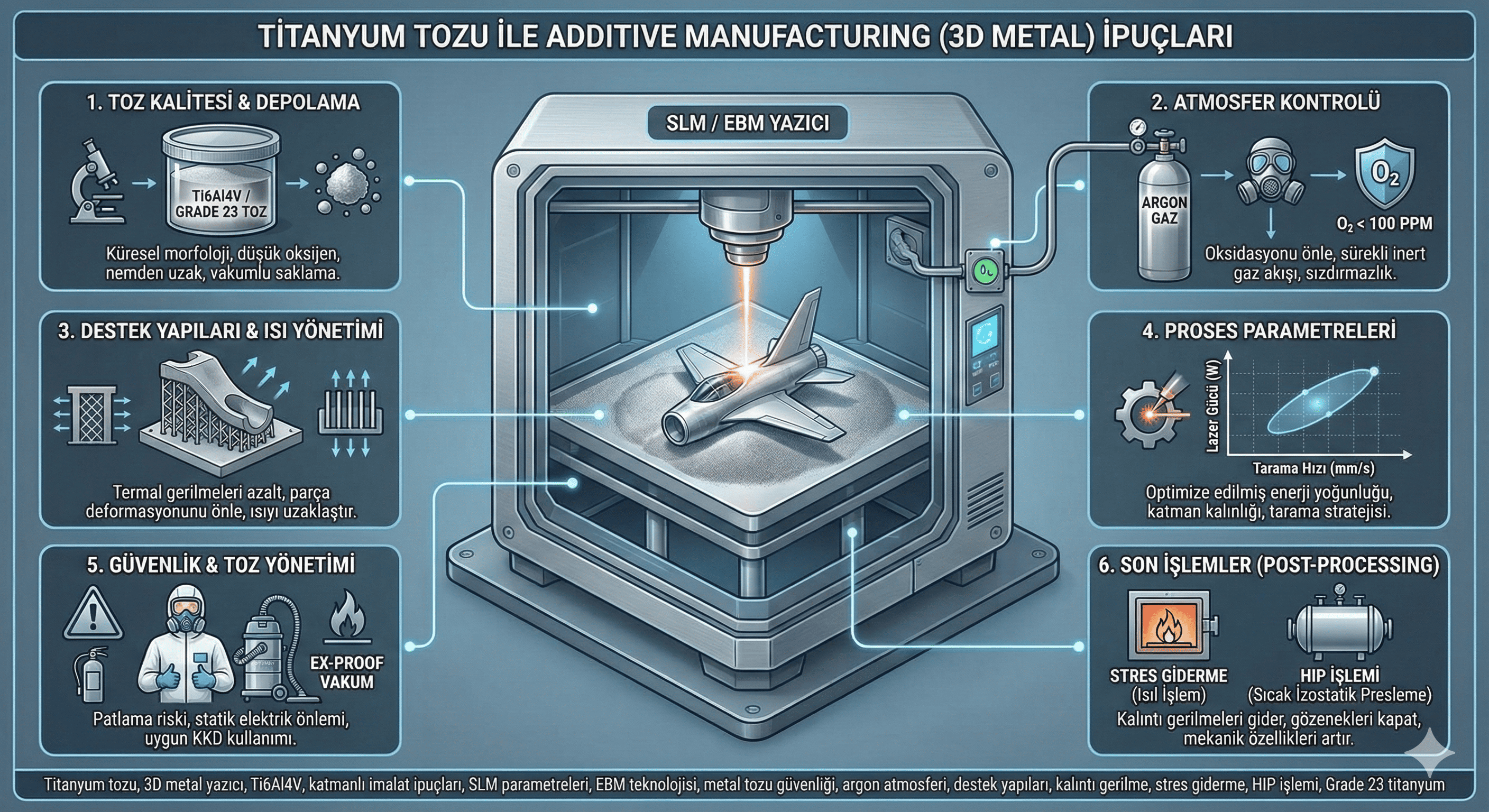Zirconium Oxide: Properties, Synthesis, and Applications
Introduction
Zirconium oxide, also known as zirconia, is a versatile inorganic compound with the chemical formula ZrO². It is renowned for its high melting point, mechanical strength, and chemical stability. These characteristics make zirconium oxide a critical material in various industrial applications, including ceramics, electronics, catalysis, and refractories.
Chemical Properties
- Composition: Zirconium oxide is composed of zirconium and oxygen in a 1:2 ratio. Its structure can vary between different phases, including monoclinic, tetragonal, and cubic forms, depending on temperature and pressure conditions.
- Reactivity: Zirconium oxide is chemically stable and resistant to acids, bases, and most corrosive agents. It does not react significantly with water and is highly resistant to oxidation and reduction.
- Oxidation States: Zirconium in ZrO² is in the +4 oxidation state. This high oxidation state contributes to the stability and inertness of the compound.
- Surface Chemistry: The surface properties of zirconium oxide can be modified through various treatments, such as doping with other elements or coating with different materials, to enhance its performance in specific applications.
Physical Properties
- Appearance: Zirconium oxide is typically a white, crystalline powder or solid. Its appearance can vary based on the specific phase and processing method.
- Density: The density of zirconium oxide is approximately 5.68 g/cm³. The density can vary slightly depending on the phase (monoclinic, tetragonal, or cubic) and the degree of porosity in the material.
- Melting Point: Zirconium oxide has a high melting point of about 2,715°C (4,919°F), which makes it suitable for high-temperature applications and refractory materials.
- Mechanical Properties: ZrO² exhibits high hardness, strength, and toughness. It is known for its resistance to wear and thermal shock, which makes it valuable for use in cutting tools, abrasives, and protective coatings.
- Optical Properties: Zirconium oxide has a high refractive index and can be used in optical applications. It can be transparent in the visible and near-infrared regions, depending on its phase and doping.
Synthesis Methods
- Chemical Precipitation: Zirconium oxide is often synthesized by precipitating zirconium salts (such as zirconium chloride or zirconium sulfate) with a base (e.g., sodium hydroxide). The resulting zirconium hydroxide is then calcined to form ZrO²: Zr(OH)4→ZrO2+4H2OZr(OH)_4 \rightarrow ZrO_2 + 4H_2OZr(OH)4?→ZrO2?+4H2?O
- Sol-Gel Method: In the sol-gel process, zirconium alkoxides (e.g., zirconium propoxide) are hydrolyzed to form a gel. This gel is then dried and heat-treated to produce zirconium oxide. This method allows precise control over particle size and morphology.
- Hydrothermal Synthesis: ZrO² can be synthesized using hydrothermal methods, where zirconium precursors are reacted in an aqueous solution at high temperature and pressure. This approach yields nanoparticles or fine powders with controlled size and uniformity.
- Solid-State Reaction: This method involves heating zirconium salts or zirconium carbonate with other oxides at high temperatures to produce zirconium oxide. It is commonly used for bulk production.
- Flux Method: Zirconium oxide is also produced by heating zirconium salts with flux agents. This method can be used to obtain high-purity ZrO² with specific properties.
Applications
- Ceramics: Zirconium oxide is used in advanced ceramics for applications requiring high mechanical strength and wear resistance. It is employed in dental ceramics, structural ceramics, and ceramic coatings.
- Electronics: ZrO² is used in electronic components such as capacitors, resistors, and insulators due to its high dielectric constant and insulating properties. It is also used in the manufacture of high-performance electronic substrates.
- Catalysis: Zirconium oxide serves as a catalyst or catalyst support in various chemical reactions, including automotive catalytic converters and industrial processes. Its stability and ability to enhance reaction rates are key advantages.
- Refractories: Due to its high melting point and resistance to thermal shock, zirconium oxide is used in refractory materials for high-temperature applications, including furnace linings and kiln furniture.
- Optics: ZrO² is utilized in optical applications such as high-performance lenses, optical coatings, and laser materials. Its high refractive index and optical transparency make it suitable for precise optical devices.
Safety and Handling
- Toxicity: Zirconium oxide is generally considered to have low toxicity. However, like many fine powders, it can pose health risks if inhaled or ingested. Proper safety measures should be followed to minimize exposure.
- Protective Measures: When handling zirconium oxide, use personal protective equipment (PPE) such as dust masks, safety goggles, and gloves. Work in a well-ventilated area or fume hood to reduce inhalation risks.
- Storage: Store zirconium oxide in airtight containers to prevent contamination and moisture absorption. Keep it in a cool, dry place to maintain stability and prevent degradation.
Conclusion
Zirconium oxide is a highly valuable material with exceptional properties including high melting point, mechanical strength, and chemical stability. Its applications span across ceramics, electronics, catalysis, refractories, and optics. Understanding its synthesis methods, properties, and safety considerations is crucial for its effective use in various technological and industrial processes.
If you have any more questions or need additional details, feel free to ask!

